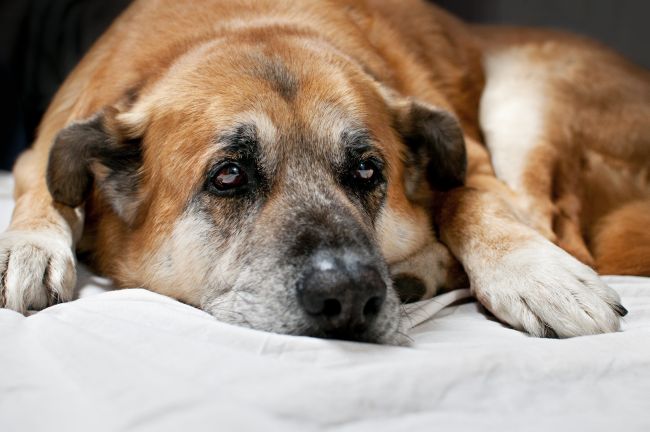
Have you ever heard a pet-parent say the phrase “He’s just slowing down”? Many dog owners describe their pup’s energy decreasing, or their enthusiasm seeming to take a hit as they get older. While aging is normal process that dogs go through, the pup might be facing a more menacing struggle. The “slowing down” may be evidence that the pooch is developing arthritis. Below are some of the warning signs that signify a visit to the vet is necessary.
Limping: This is the first symptom that tends to get our notice. Yet, just as quickly, pet owners often write off limping as a minor injury or strain that will most likely pass, and will mend in a few days. If your pup favors the left side more and more, or you notice he never puts weight on his front right leg, then it might be because it is too painful to do so.
Limited movement: Aging dogs tend to jump less and avoid running and making quick movements. However, there is a big difference between a lethargic elderly dog, and one who is simply unable to do physical activities because the mobility just isn’t available. If your pooch never jumps on the couch to cuddle with you like he used to, or doesn’t ever run upstairs anymore, arthritis might be the reason.
Agitation: When a cheerful puppy turns into a grumpy old hound, pet owners ask themselves what might be wrong. Pain and discomfort do tend to make dogs (and humans for that matter!) much more irritable and impatient than they once were. This crankiness might manifest as a preference to being alone, not liking to be handled or touched, or even snapping or barking warnings when someone comes too close.
Muscle atrophy: Arthritic pain causes an animal to avoid using one of his limbs, and the result can be severe muscle shrinking. If one leg looks thinner than the others, watch if your pup is using it less often, and you will identify where the arthritis might be located.
Nursing the pain: If your dog is licking, chewing or biting a particular area of his legs consistently, he may be trying to sooth sore joints. Just as we rub injured or strained muscles, dogs attempt to comfort and nurse the agony by chewing or nibbling in the aching area. This is another symptom that pet-owners tend to dismiss, not considering it as an indication of poor joint health. When you notice your dog treating his leg as if there is an internal wound, there may actually be painful damage to his swollen joints.
In certain cases, similar symptoms might also indicate the presence of a tumor, spinal damage, or cartilage deterioration, among other ailments. To ensure that your dog’s pain is alleviated and the symptoms diagnosed, visit the veterinarian as soon as possible.

